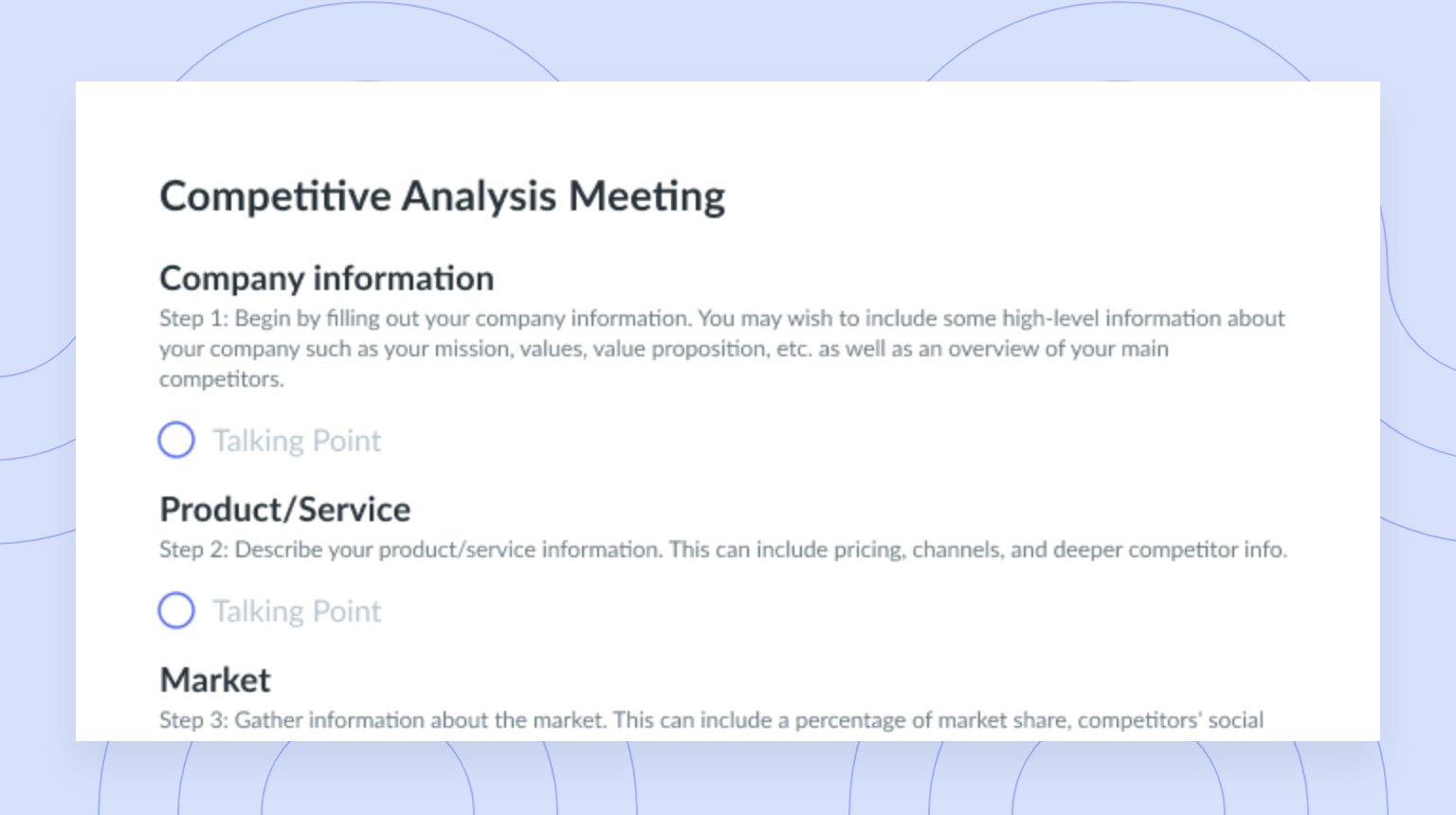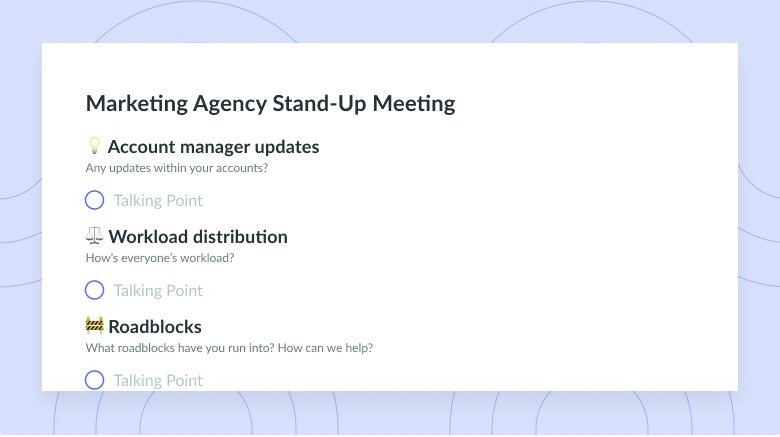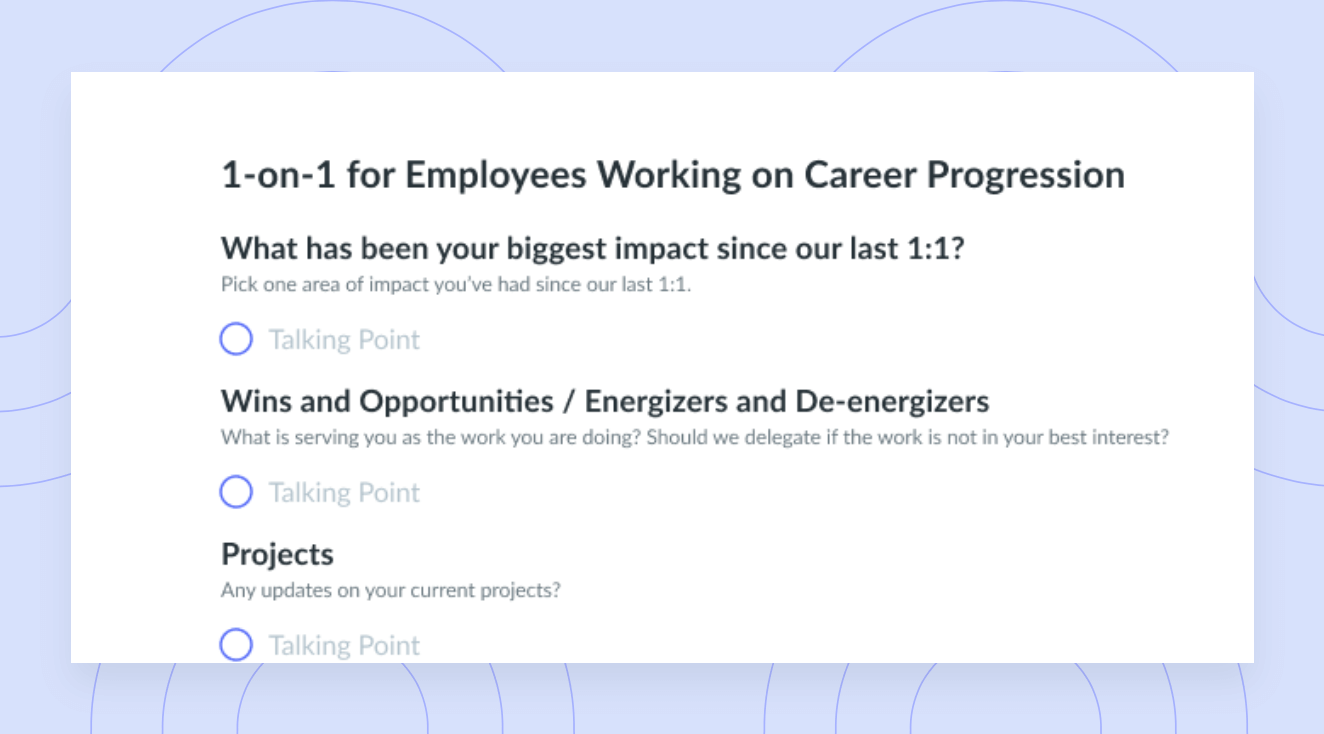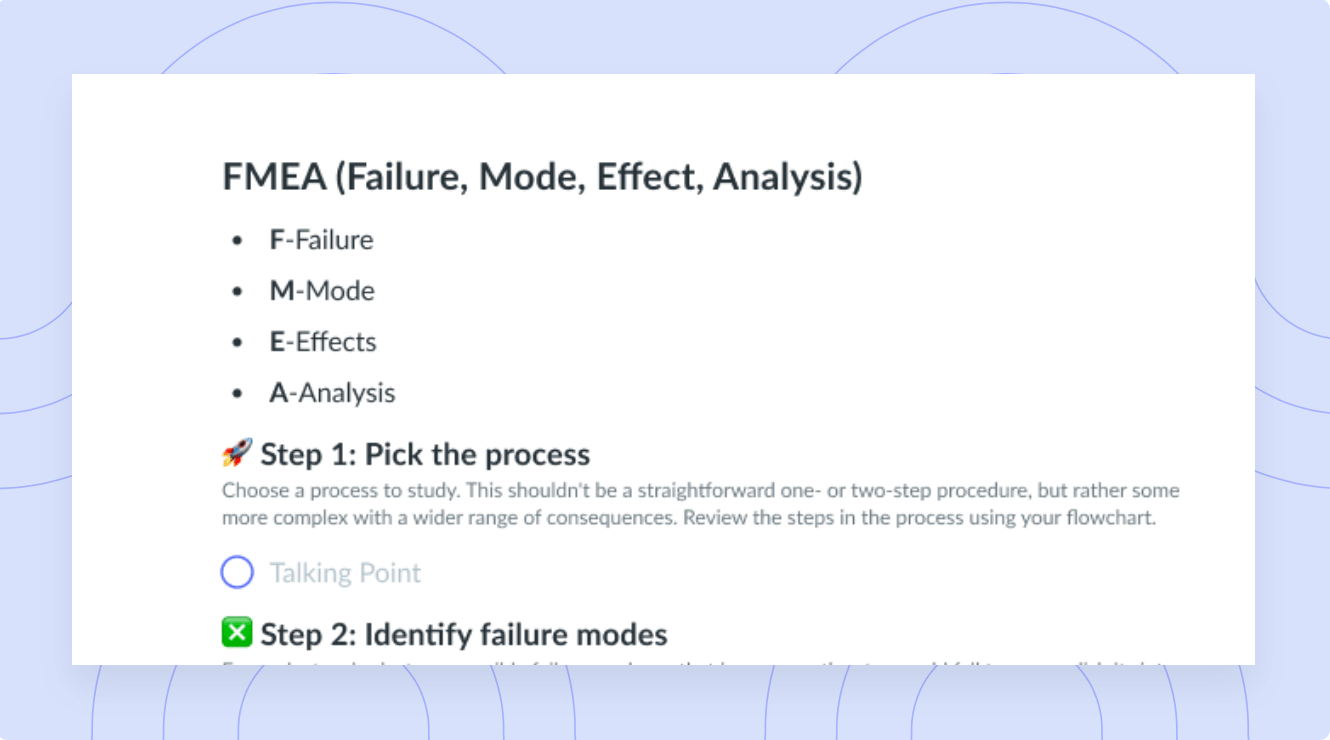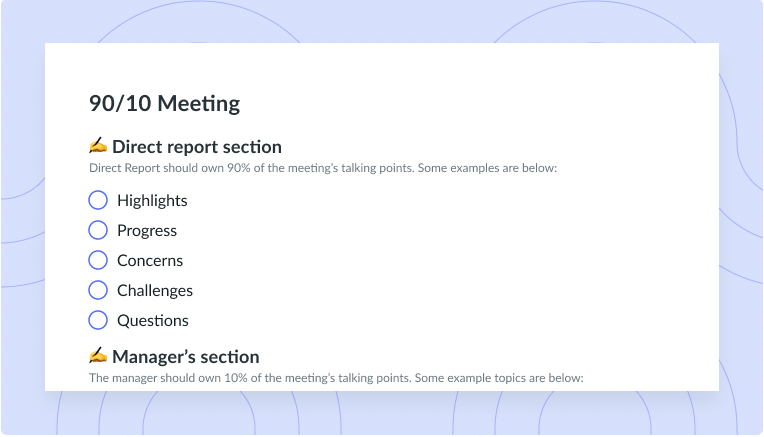Fighting Tool Fatigue in 7 Easy Steps
Using too many tools at work can cause more harm than good, often resulting in tool fatigue. Learn how to fight this juggle between tools.
For many of us—especially those of us working in engineering and IT—it’s “normal” to be using multiple tools simultaneously to get our work done. It’s common to use Jira or Asana as a project management tool, Fellow as a meeting management tool, Google Docs or OneDrive as collaborative tools, and Slack or MS Teams to communicate with our colleagues. There are so many tools at our disposal that it can become overwhelming and unproductive when value and function overlap. Our work can become more exhausting than productive, resulting in tool fatigue.
Tool fatigue means you’re using too many tools, there is significant overlap between them, and you tend to jump between tools (in an ineffective manner). Rather than using a multitude of tools, try finding (and using) the right tools. This article will take you through how to identify tool fatigue and how you can cure it.
What is tool fatigue?
Tool fatigue occurs when employees are overwhelmed by the amount of tools or apps that they’re using to complete their tasks. The symptoms of tool fatigue include feeling unproductive, frustrated, unmotivated, and overwhelmed. These feelings lead to a workforce that struggles to create consistent workflows and that finds it challenging to collaborate effectively across all of the tools being used. Additionally, tracking data becomes almost impossible since it’s stored in so many different places. Tool fatigue can feel like a mini burnout since it frequently surfaces as a loss of productivity, efficiency, and focus on the goals to be attained.

Avoid tool fatigue by choosing the right tool
Have productive team meetings and meaningful one-on-ones, build collaborative meeting agendas, record decisions, and keep each other accountable with Fellow!

Signs of tool fatigue
1Feeling resistant to tech change
One of the first signs of tool fatigue is feeling resistant to technological changes. When you’ve been subject to constantly incorporating new technologies and tools into your everyday repertoire of tasks, it can become exhausting. Moreover, if you don’t feel like the previously onboarded tools have been effective, you’ll definitely feel an automatic resistance to bringing on even more tools and technologies. Why add more tools when you’re not even using the ones you already have?
2Hearing complaints
Perhaps you’ll complain, but you’ll also hear complaints from your other colleagues. When you’re using too many tools in an ineffective way, it’s typical to hear people complaining about the onboarding of new tools, the complexity of the new tools, learning curves, the time being wasted, etc. This is a telltale sign that your team is experiencing tool fatigue and that you may need to rein it in and condense the number of tools being used.
3Lacking consistency in tools
If there’s a massive lack of consistency in who is using which tools for what, you definitely have too many tools at your disposal—and they’re not being used in a productive way. If everyone is using what works best for them, collaboration becomes close to impossible, because information is no longer synced across platforms and team members have to go searching through different tools to find the right information. When everyone is doing their own thing, acting like it’s every colleague for themselves, you’re definitely witnessing tool fatigue.
7 ways to fight tool fatigue
- Choose the right tools
- Improve change management communication
- Delegate tool ownership
- Keep it simple
- Automate when possible
- Collect feedback
- Encourage new behaviors
1Choose the right tools
First, make sure you’re using the right tools. You and your team should meet before bringing on any new tool to discuss the existing tools that you’re working with and if you want to continue with them or drop some that aren’t effective for you. Collaborate on creating a tool selection strategy that will be applied to all teams throughout the office to create synchronicity and improve communication, collaboration, and productivity. In this tool selection strategy, be sure to specifically conduct a tool evaluation, examine tool adoption, and consider integration and how the tool may be effective for your workflow.
2Improve change management communication
To fight tool fatigue, it’s also important that you improve change management communication. You need to address how and why things are changing, in terms of adding, removing, or optimizing tools. Change is often a challenge, especially when we’re comfortable in our routines and the way we get things done. Be sure to communicate to your team how and why these changes to tools are taking place. You’ll also want to provide your team with an explanation as to how a certain tool will make their job easier, how they can be successful in using the tool, why the tool is beneficial, why it’s better than what you were using before, and which steps need to be taken before the team can use the new tool.
3Delegate tool ownership
It’s important that you delegate tool ownership if you want to work towards eliminating tool fatigue and unnecessary complexity. This is one way to streamline productivity, because when you allocate one primary owner for each tool, you drive accountability and consistency. The person who is assigned to be the owner of a given tool should ensure they keep track of how often the tool is being used, the purpose for its use, how effective it is, and if there are any tools in the market thay may be better alternatives. Giving more responsibility to your team over which tools to use will also drive more motivation.
4Keep it simple
Regarding your tool repertoire, keep it as simple as possible. Less is often more when it comes to the tools and technologies that you use on a daily basis. You and your team want to ensure that you’re limiting the amount of tools into which you’re investing your time. At the end of a particular period, be sure to sit down with your team and reevaluate what tools you’re using and how effective they are for your work. Ask yourself and the team: “Is work being produced as seamlessly as possible?”. Every time you adopt a new tool, consider letting go of one that is no longer serving its purpose. In episode 87 of the Supermanagers podcast with Rémi Guyot, Chief Product Officer at Blablacar, Guyot shares:
“The world is complex. I think any situation is complex, your job is to make it simpler. So you don’t keep things simple. You make them simple.”
5Automate when possible
Automate processes wherever you can to combat tool fatigue. Automating will make you more productive, eliminate unnecessary errors, and reduce your overall workload; this will ultimately help you and your team focus on what really matters, rather than needing to manually go into numerous tools to accomplish or track one task. With Fellow, you can automate certain processes like stand-up meetings and status updates so you’re saving valuable time and putting your attention on tasks that require it the most.
6Collect feedback
Another way of managing tool fatigue is by collecting feedback regularly from your team. This regular feedback is absolutely essential, especially when it comes to integrating new tools. With Fellow, you can ask for the whole team’s feedback on new tools during team meetings, or you can discuss new tools in one-on-ones, where employees may feel more comfortable to be honest and open with you. Reciprocal feedback will motivate employees to work towards their goals, which also translates into organizational goals being achieved. By creating this constant communication, you build a culture of feedback, openness, and honesty.

7Encourage new behaviors
Change is difficult, but it provides the whole team with the opportunity to evolve together and can also encourage new behaviors. It’s important that once you and your colleagues have made a decision about a tool, you actually stick to it and make sure you’re providing your team with new processes that fit their individual needs. You and your team need to put an emphasis on staying away from old habits and old tools that no longer serve you. This switch will require time and patience but will be well worth it in the long run. Encourage and reinforce the usage of new tools until it becomes a habit, so you and the team continue to grow.
Parting advice
To avoid tool fatigue, avoid messy dashboards at all costs and be intentional about the tools that you and your team use to get your work done. Finding the best tools to unlock the potential of your team is difficult, which means that many organizations take on way too many. Consider thinning out your tool bench so you can really focus on fostering consistency and productivity throughout the office. To really benefit from a new tool, you’ll need a strategy that is well communicated with your team along with some delegation, feedback, automated process, and an openness to develop new healthy behaviors around the tools that you use. Be sure to refer back to this guide any time you’re feeling tool fatigue or when you’re onboarding a new tool!









